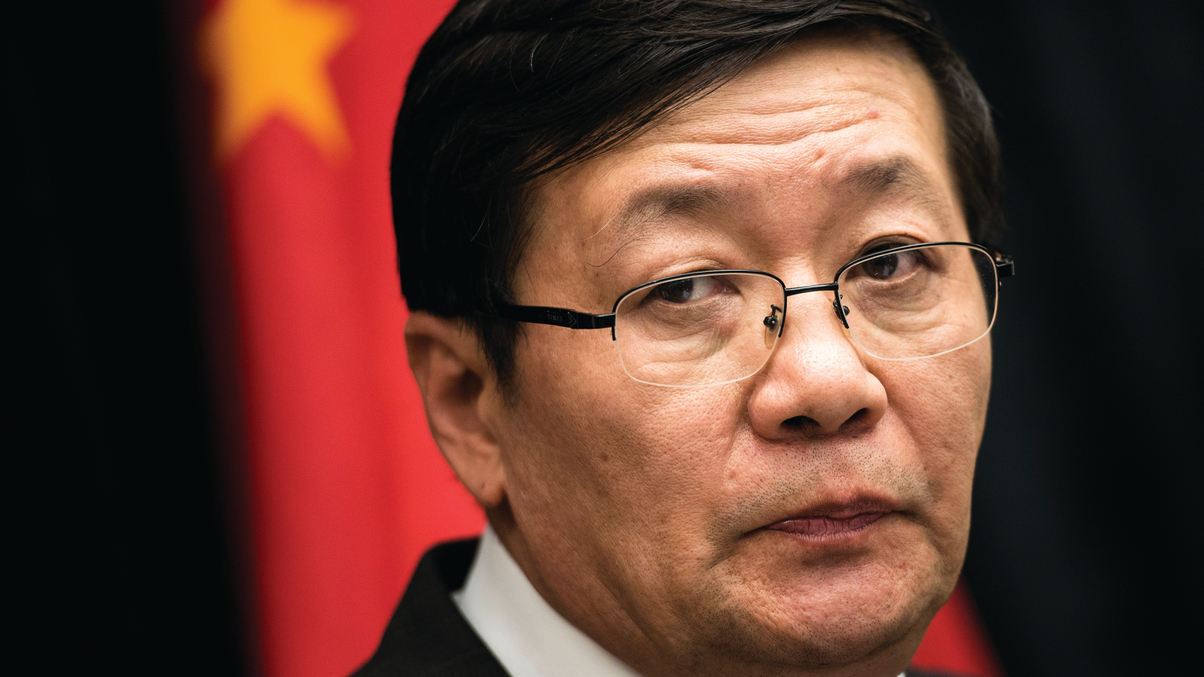China’s PPF scheme to have “low” equity allocation
Investments under China's new Public Pension Fund scheme will be more conservative than those of the National Council for Social Security Fund, says NCSSF chairman Lou Jiwei.

The National Council for Social Security Fund (NCSSF), which manages China's state pension assets, has set a bold target of 95% as the probability of positive investment returns from its new public pension fund (PPF) scheme, reported China News Service, a state-owned agency.
Sign in to read on!
Registered users get 2 free articles in 30 days.
Subscribers have full unlimited access to AsianInvestor
Not signed up? New users get 2 free articles per month, plus a 7-day unlimited free trial.
¬ Haymarket Media Limited. All rights reserved.


